Hello group, I am trying to clean out an old spring in order to restore it and use it more effectively.
We have been trying to locate a local groundwater source sufficient to
water some experimental alternative crops. My family has a long
history of farming this region, but mostly traditional crops. Our
original plan is rather unambitious, we want to grow an acre, maybe
two, of grapes, and an experimental large family garden to experiment
with others.
We began our search for water this year, and so far have drilled four
very dry wells on the site. Having expended that much energy and
capitol made me start asking a lot more questions; which led me to a
very small cattle pond in the corner of the property. It has always
been historically referred to as a spring across several generations.
Last year during the height of the drought one small corner of the
pond remained, while the rest of it evaporated. This was not the
deepest part of the pond, nor was it shaded or protected as other
parts of the pond were. Despite being in the sun this area was always
cool to the touch, much more so than would be expected for it's size,
and it was able to sustain a lot of larger fish. This in an area that
was ten feet in diameter, and maybe two feet at it's deepest part.
I am not sure if it is relevant, but this area is also roughly in line
with a known well site to the south, an old windmill to the north, and
another spring further north.
This year we build a damn separating that part of the pond from the
rest of it. We noted a 4 to 6 degree gradient between the two bodies
of water with the suspected spring site (where the water remained the
previous year) being much cooler despite being a much smaller body of
water. We then proceeded to dig the area out to a depth of
approximately ten feet, pretty much the most we could do with our
farm equipment. We were impressed that the soil was damp enough to
work with tractors, but we never found a geyser of water shooting
thirty feet in the air. Admittedly, I didn't think I would (but
wouldn't that be nice.)
After a lot of work, we were a little disheartened. it seemed the
deeper we went the drier things got. We dug through topsoil, a lot of
red clay, and were getting into a gravel like shale near the end. We
left the site alone for a week, trying to decide if we should go
deeper, or if we should just let it become a deeper expansion to the
existing pond.
When we came back there was one spot at the bottom, that, although it
was dry when we last saw it. That muddy spot had survived the week of
record 115 degree heat. I got very excited, probably silly, but I did.
I then hooked up the auger to the tractor, and drilled a hole. Then I
drilled ten more, just for good measure. (Each four feet by eight
inches)
The first hole, where the mud was forming on the surface, filled
quickest, but not by any stretch of the mind, quickly. The four foot
hole filled to three feet in about a week. Of the ten holes, all have
standing water, but not to the same level. Two are nearly dry, but the
bottoms are mud. There is no consistent pattern to which hole filled
first or fastest or most.
All, except the first, appear to be filling from the bottom, there is
no obvious sign it is coming out of the side. The first however,
showed four spots on the sides that did seem to be the sources of the
water.
That's a lot of information, and I really appreciate you sitting through it.
The question I have now is, whats next?
Are the holes filling because of seep water flowing to them, or are
they filling from below as it appears? (is there a test that can be
done to differentiate the two water sources? or some characteristic
that can be measured?)
Do we dig deeper, and if so what are the chances that we will get more
water from the area?
I have been monitoring the water levels, and was hoping to see if a
barometric drop would affect them as I have been told it would. (is
that true? wouldn't affected seep as well?)
My goal has always been to leave an area better than I found it, and
there are stories in the family where kids used to play here, and you
could see the water being pushed to the surface; but that story is
lost to time, and we aren't quite sure this is the location they were
talking about, but, regardless, I would love to develop it, and
protect it for future generations as well.
If you could lend me some advice, or point me in the right direction of someone
who might, that would be fantastic.
Thank you,
Steve
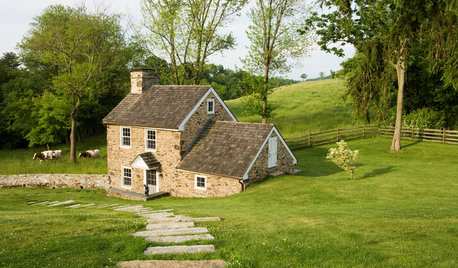

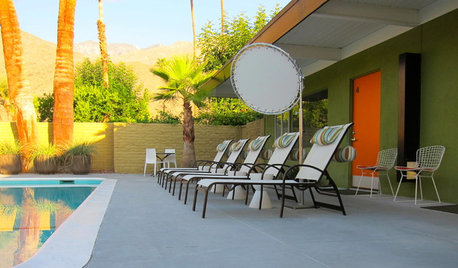
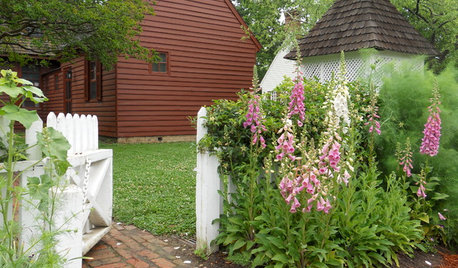

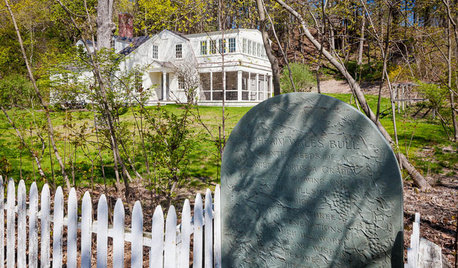
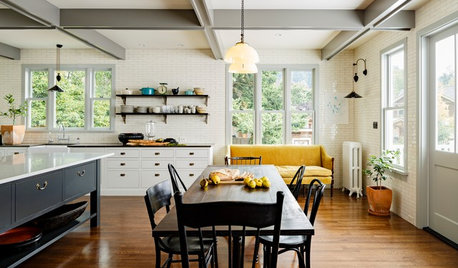
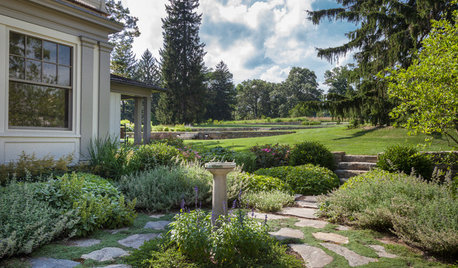

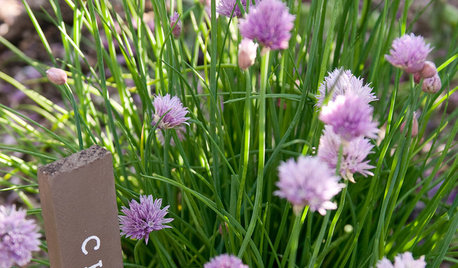







miraje
miraje
Related Professionals
Aberdeen Landscape Contractors · College Park Landscape Contractors · East Haven Landscape Contractors · Federal Way Landscape Contractors · Medford Landscape Contractors · Olympia Landscape Contractors · Stony Brook Landscape Contractors · Thornton Landscape Contractors · Silver Firs Landscape Contractors · Brentwood Decks, Patios & Outdoor Enclosures · Detroit Decks, Patios & Outdoor Enclosures · Fairfax Decks, Patios & Outdoor Enclosures · Glasgow Decks, Patios & Outdoor Enclosures · Inwood Decks, Patios & Outdoor Enclosures · Redlands Decks, Patios & Outdoor EnclosuresOkiedawn OK Zone 7